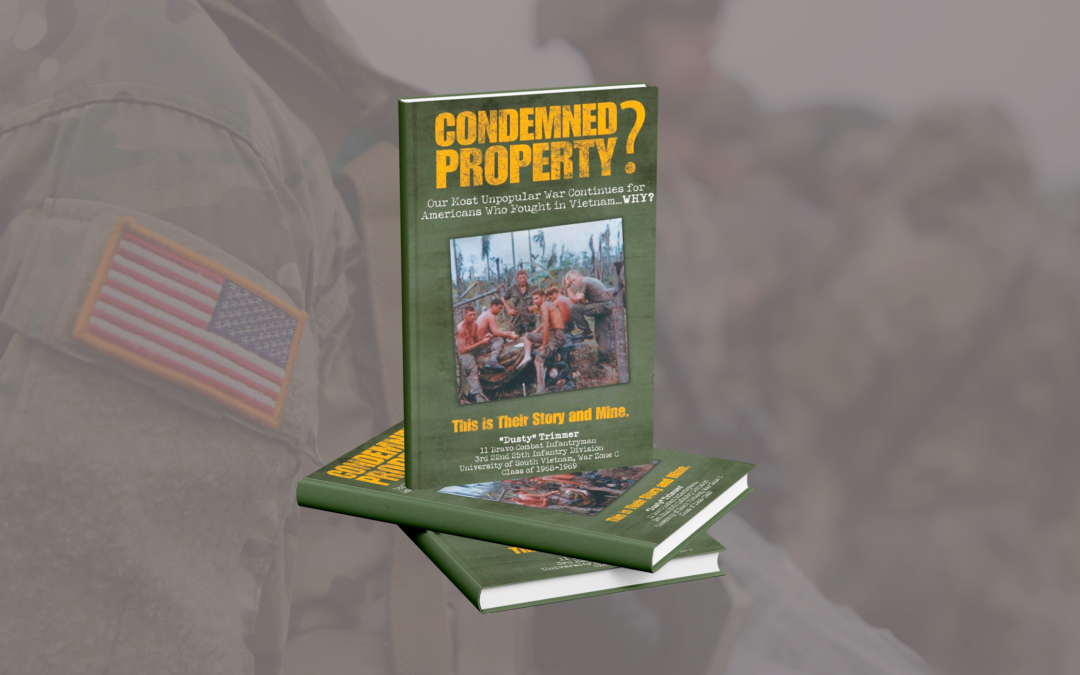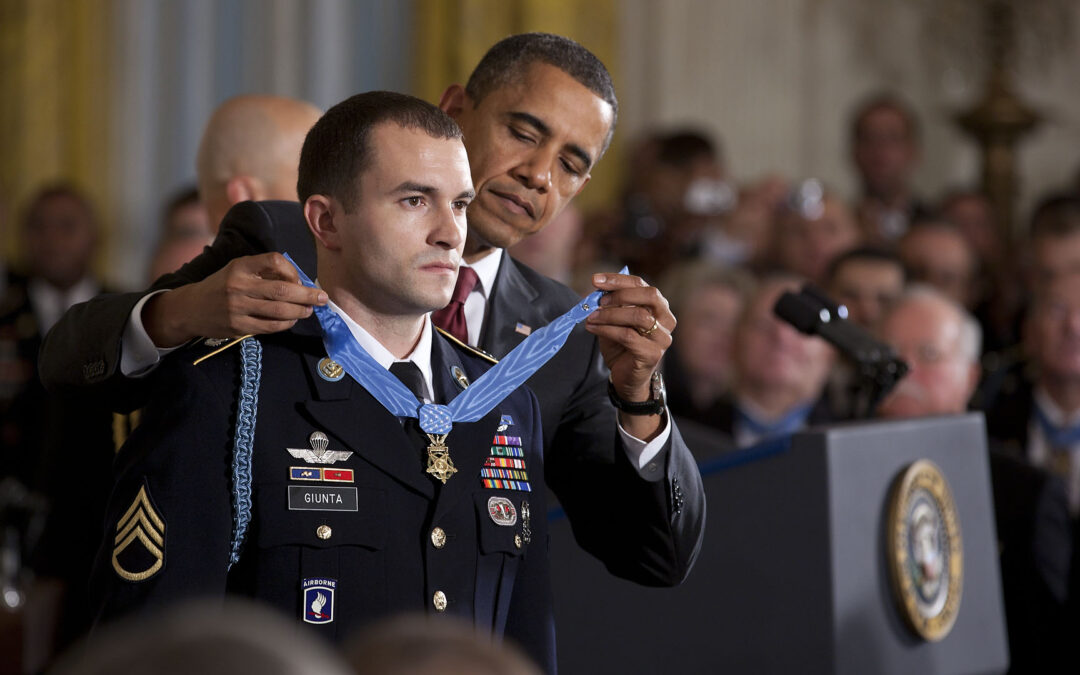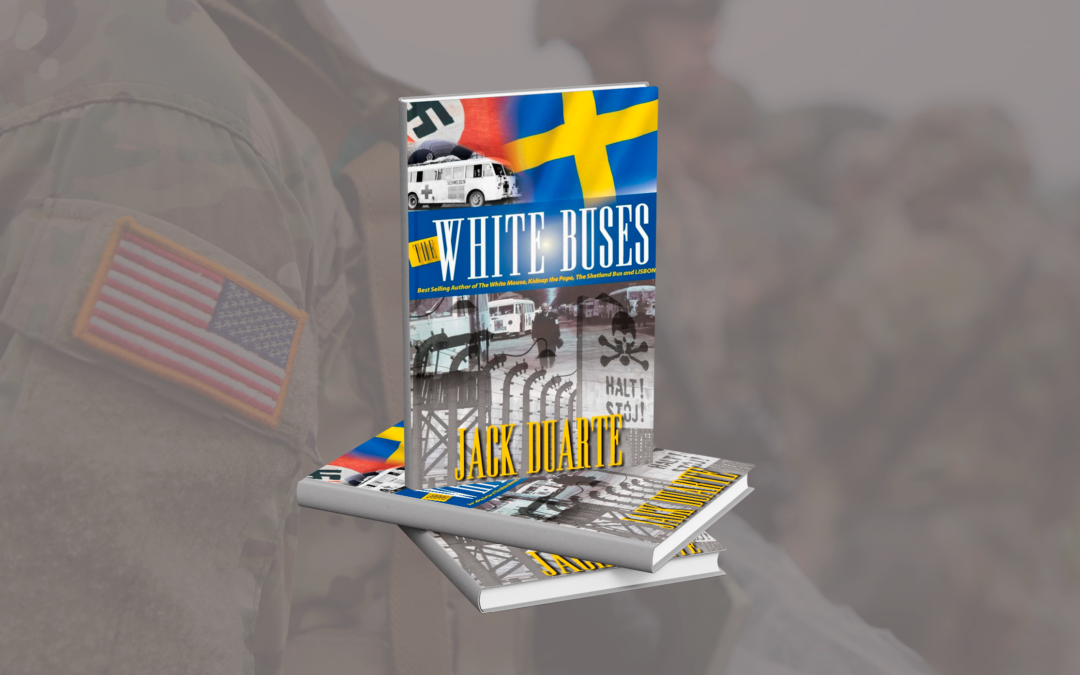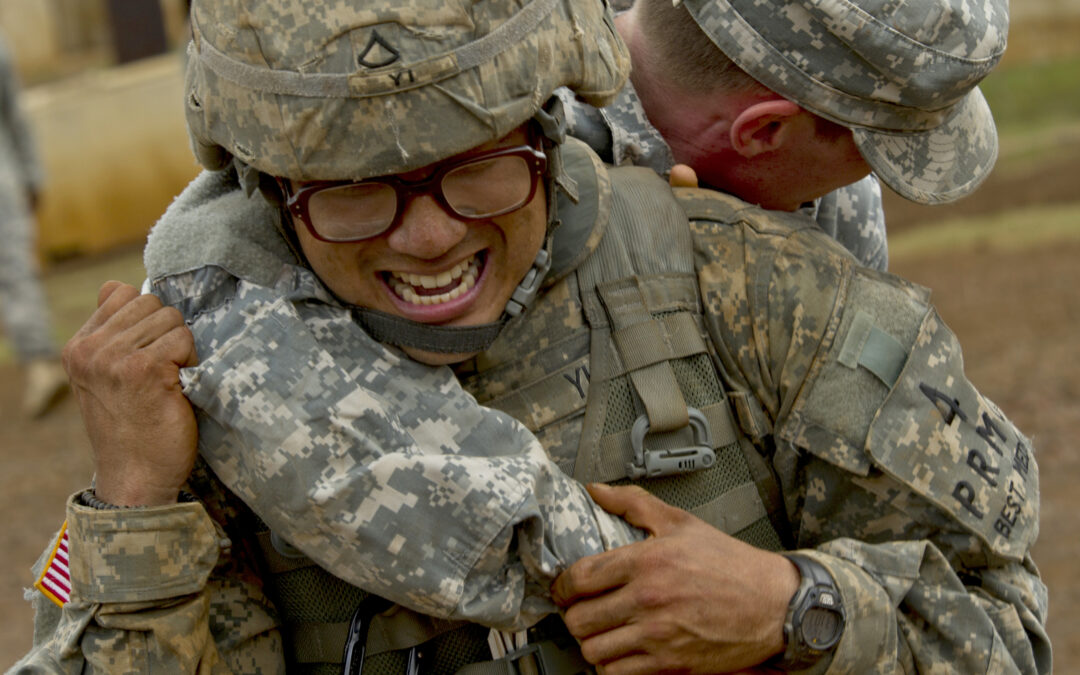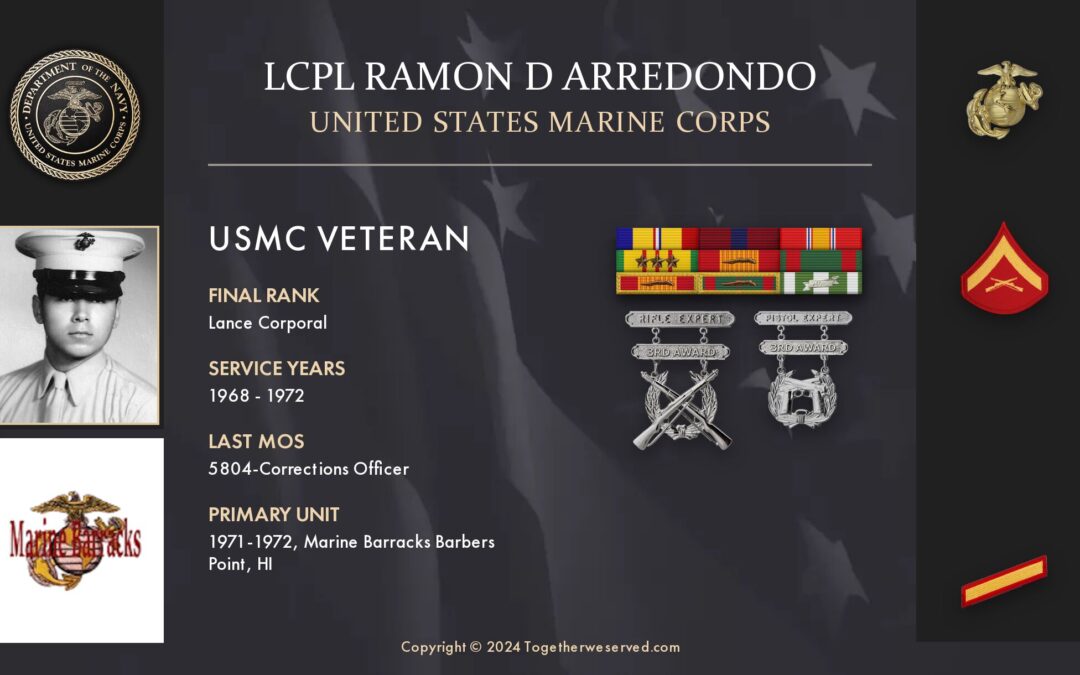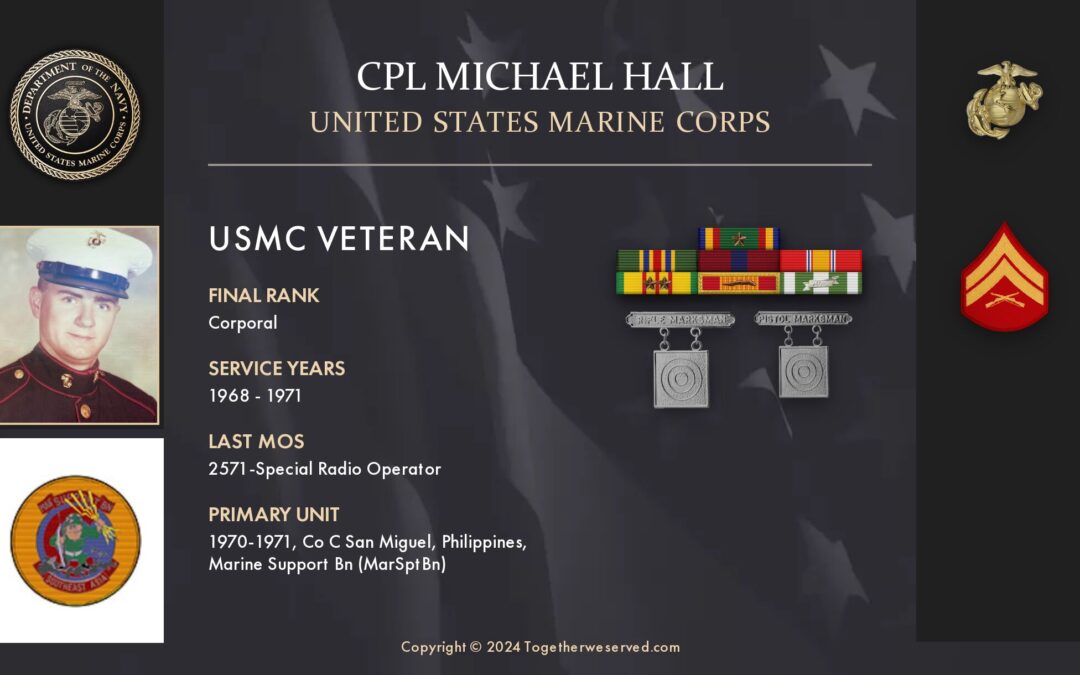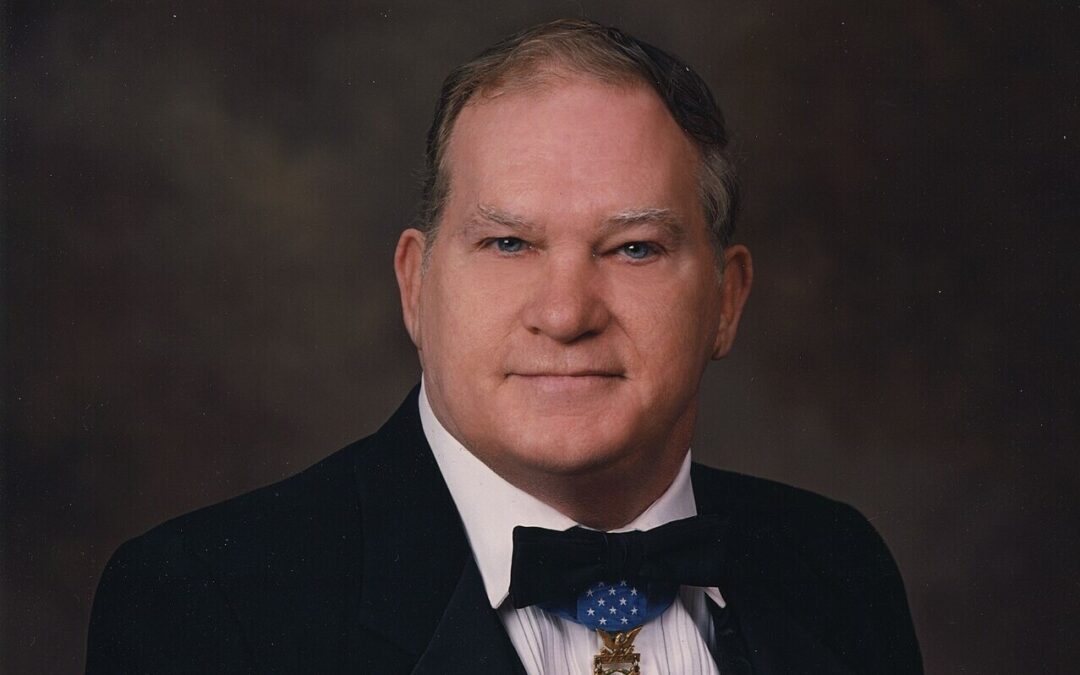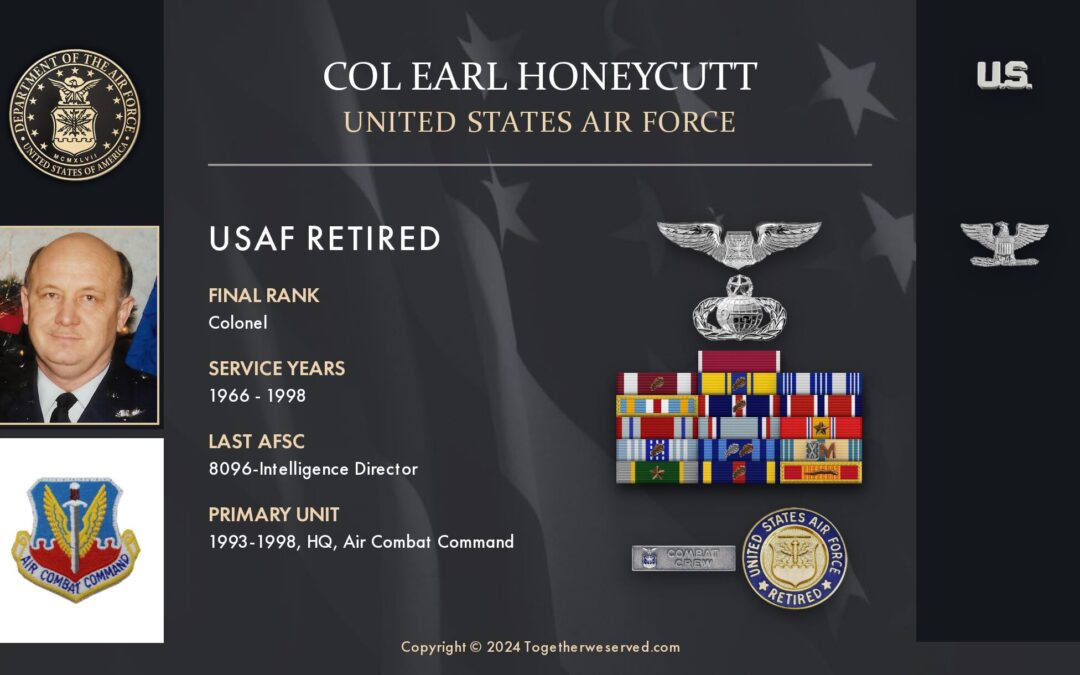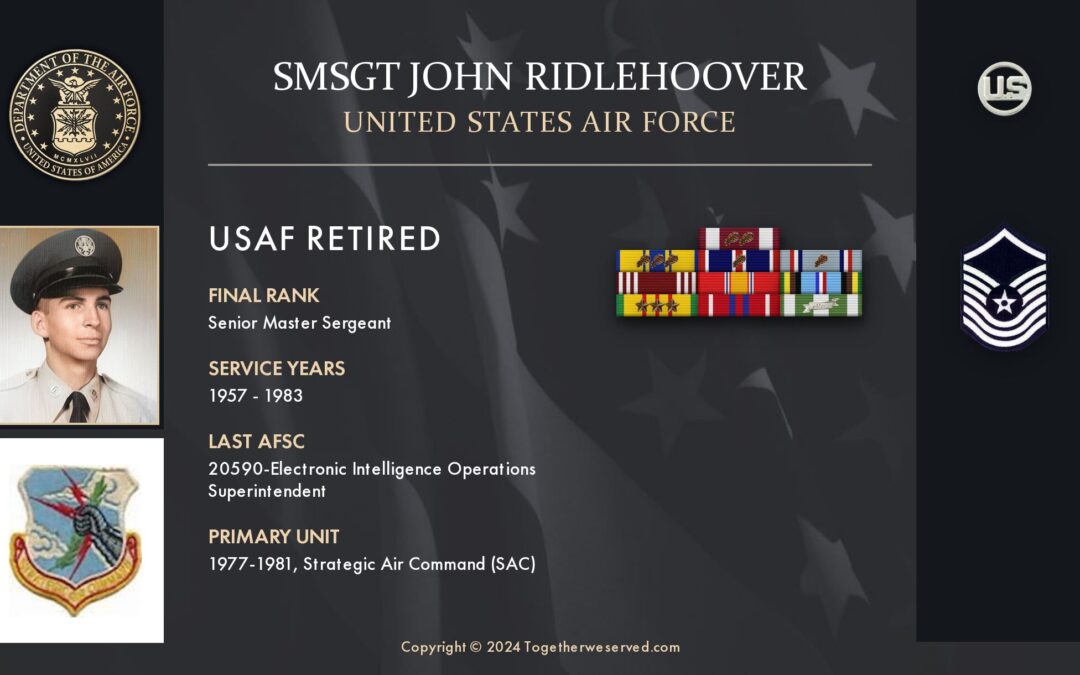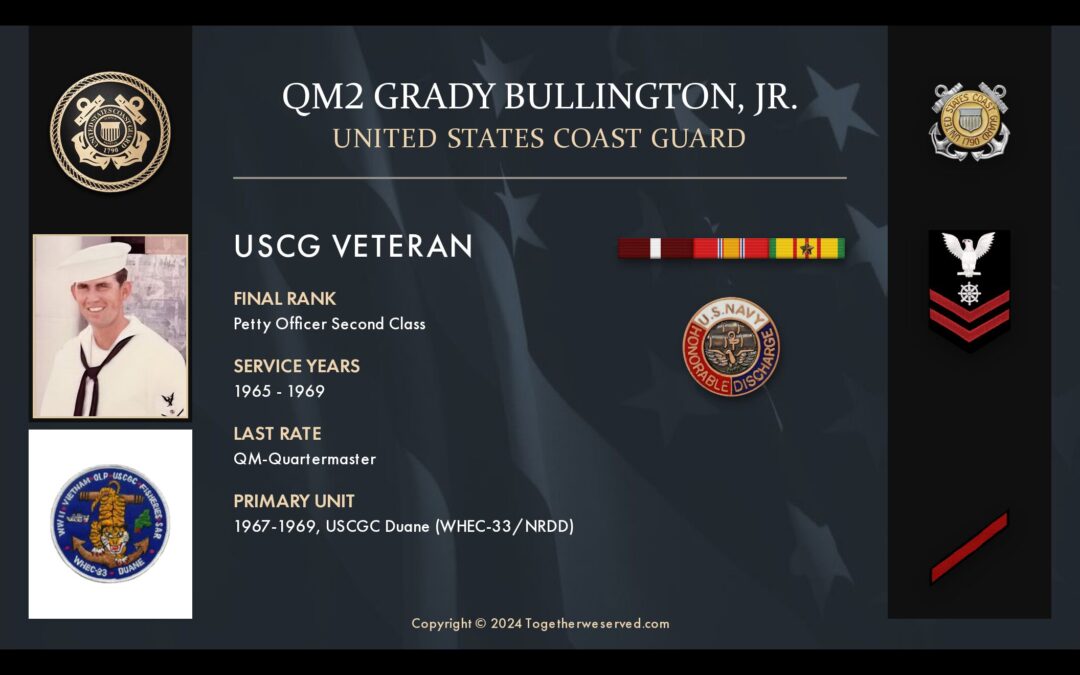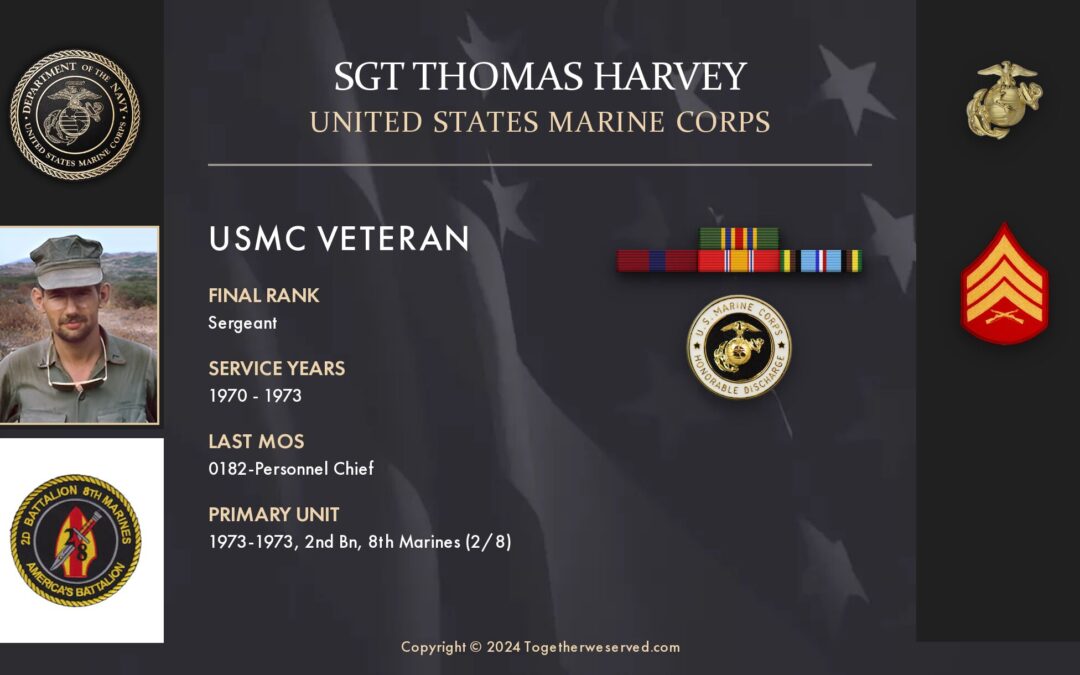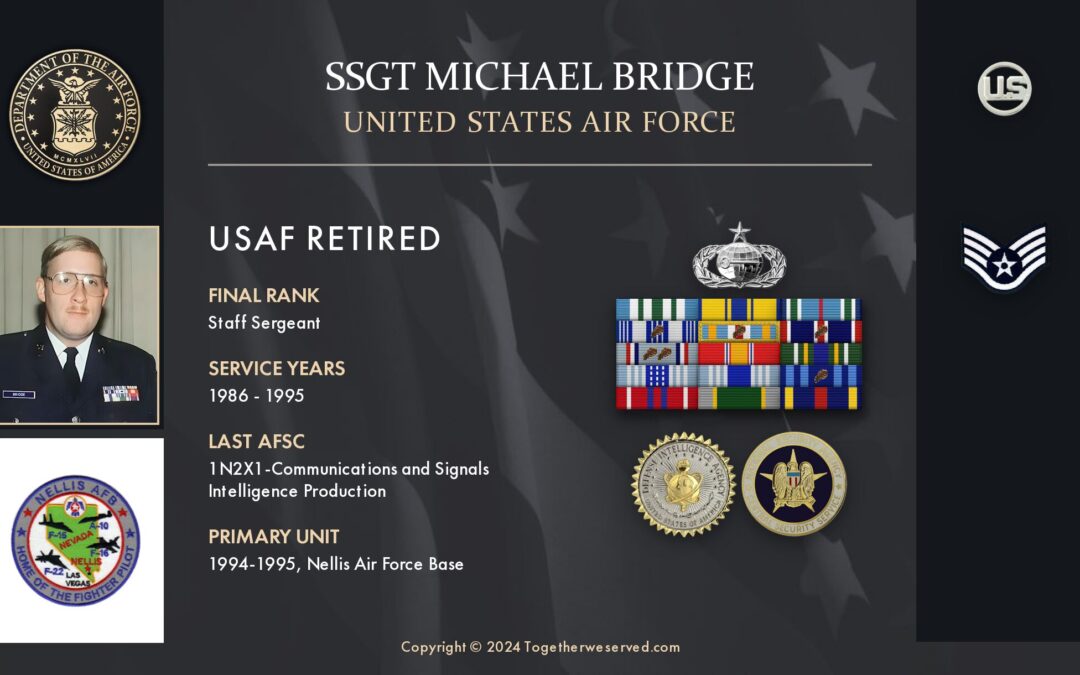"Dusty" Trimmer served one year of combat infantry duty with the 25th Infantry Division. In this, his first book, he presents a staggering description that cut to the heart of the combat experience: the fear and belligerence, the quiet insights and raging madness, the lasting friendships and sudden deaths. Yet it is much, much more. It is an account of veterans long after leaving the battlefield as they struggle with physical and emotional damage in a world that seems indifferent to their...
